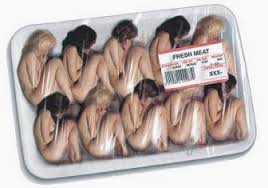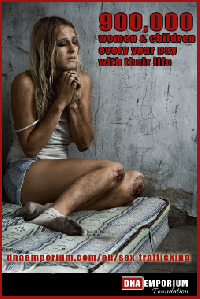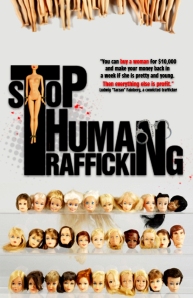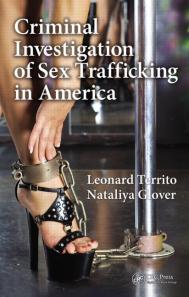Sex-Trafficking and Objectifying Campaigns
Human Trafficking is a hot topic, more specifically, human ‘sex-trafficking’. Many people aren’t concerned with the forced or coerced movement of people into agriculture, factories, hotel worker, but throw ‘sex’ into the title and the moral panic is ignited. Worryingly, sex work and trafficking are conflated at an alarming rate, and anti-immigration policy hides behind campaigns and NGOS wanting to “rescue women”.
I was already aware of the fine work on these issue by Dr Laura Agustin Professor Nick Mai and PhD researcher Laura Connelly at the University of Leeds but at North West Gender Conference I had the pleasure of meeting Inga Kristina Thiemann who is in the Law department of University College London.
Inga’s paper called ‘What is meant by the term ‘victim of trafficking’? was engaging and wonderful. Inga spoke of how negative stereotypes influencing trafficking policy, and the highly offensive (and objectifying) anti-sex trafficking campaigns (more of which are pictured below). She spoke of the problem with the catch-all term ‘sex trafficking’ and how migrant women suffer, they are deported to their country of origin under the illusion of it being a ‘safe haven’. Once again compounding the anti-immigration rhetoric behind the focus on these women. The lies that governments would ‘help rescue these women’. Inga also spoke of the problem of seeing trafficking as completely separate from migration in the sense that government’s migration policy forms the environment for trafficking in all its forms to operate in. That exploitation happens to many migrant labourers, especially undocumented migrant labourers who have fled their home country. I found Inga’s paper insightful and her research much-needed against the backdrop of ‘sexy’ anti-trafficking campaigns. I doubt I have done Inga’s paper justice here, but you can contact her for more information. I hope to hear more from her research soon.
Maggie McNeill has written about trafficking crusades: Lies, damned lies and sex work statistics and The Mythical Invasion of the Super Bowl Hookers. I have lots of resources listed here on my blog.
Professor Nick Mai’s ERSC funded research found that most migrant sex workers working in London chose to sell sex. Professor Mai is allowing his film to be screened at the two Sexed Spaces streams that Dr Emily Cooper and I are hosting at the Royal Geography Society Annual Conference in August.
If the women in the Soho brothel raids were really victims, why would they be raided by riot police, arrested and deported? Is that how we treat ‘victims of trafficking’?
Interestingly the Soho raids of 2003 bring a statement that the raids can be both anti-prostitution and anti-asylum seeker. And what is more perfect than aligning the two together and framing them with disgust, deviancy, crime and the threat of danger?
We need to be more critical, we need to object to these offensive and misleading campaigns. We need to have more transparency about who is funding these campaigns, and where the money is going. We ne+ to challenge zombie stats, and challenge our friends who ‘helpfully’ post ‘Stop the Traffik’ videos or ‘Real Men Don’t Buy Girls’ propaganda.
We need to challenge these objectifying dehumanising images.
Here is a video using Barbie to make claims about sex trafficking: Re-Written: A Vignette on Sex Trafficking.













Author / Source: Barbietraffick at Plastic Doll Heads